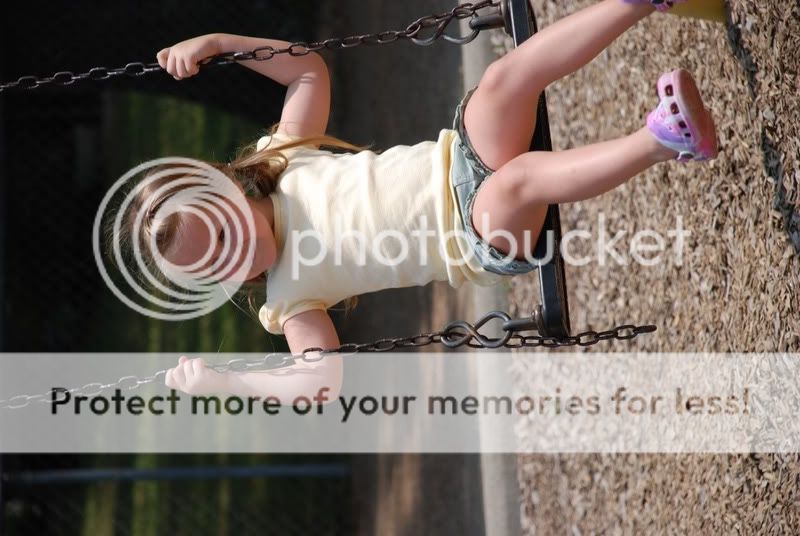I'm in the same boat as you, I also have a friend with a 2nd wedding who was not going to hire a photographer at all. I also recently bought the D80 with the kit lens (7mo. ago) I purchased the book "
Digital Wedding Photography" by Bambi Cantrell and Skip Cohen. This would be a great investment for you as it goes over all the digital equipment, but my favorite part is the wedding workflow, and the great photojournalistic style that it teaches. I looked at a handful of other wedding books they had, this one seemed the best they had at borders.
I just purchased the Nikon 50mm 1.8d for 108 bucks with us warranty, a great addition to my toolbag, and for example in a recent test with my 1.8 I can get a shutter speed of 1/200 at f1.8 instead of 1/30 at f4 (at 50mm) both at iso100.
mono/tripod will likely do you better than the glass if you remember to take a shot when they stop or at the bottom of their step. A very good photographer can get a steady shot at 1/15 maybe 2 out of 5 times. Most novices get the same number at 1/60th sec. So, if you shoot in JPG and in 3 shot bursts on your tripod (best bet really) you can reasonably expect to get an extra 2 stops down to 1/15 and get a good percentage of keepers (sharpness wise). For posed shots do shoot raw if you can process it.
So, Im trying to work this all out in my head and I definitely don't want to confuse myself (I have read so much lately it all seems to be running together). The slow speed mentioned above is due to the high ISO, right?
What mike means is that since you will have lower light, you will have lower shutter speeds, inducing camera shake blur, by shooting in burst mode you might have 2 sharp shots out of 5 or 6.
The higher the iso the higher the shutter speed, on the d80 I would top out at iso800 unless you really need the extra shutter speed. I can't think of a good way to explain Iso and how it work, I just remember the faster the ISO the faster the shutter, and the lower the quality.
I would try and stay above 1/60 (watch your viewfinder) Start practicing adjusting the iso while you have the camera in your face, its the 2nd button from the bottom, hold it and spin the wheel, notice your shutter speed changing. Speaking of that try a test at home inside the house using at 135mm(full zoom) iso 100, snap a pic, probably will be blurry, now try iso 400 snap a pic and compare it to the next one, less blury yet, now try iso 800, 1000, now there probably very usable but a little grainy...anyone would rather have a grainy photo than a dark blury one, and with a 4x6 you probably wont even notice it if its exposed properly.
If your still confused about shutter speeds and iso settings you might want to pick up another book on using a dslr or maybe an exposure book. If your like me a tutorial dvd is much faster and easier to learn. I cant vouch for this D80 dvd but it came up on amazon, reviews seem good.
[ame="http://www.amazon.com/Introduction-Nikon-D80-Digital-SLR/dp/B000M9BPJO"]http://www.amazon.com/Introduction-Nikon-D80-Digital-SLR/dp/B000M9BPJO[/ame]
Silly question....but, how did you know all the specifics of that pic?? I have Photoshop CS2, and either I don't know where or how to do that or it wont. Do you only use lightroom to edit? Is it alot better? Do you have Photoshop CS3??
No silly questions ever, but the settings are stored in the jpeg, called metadata. I haven't figured out how to view it in PS, but it shows up in aperture (the software aperture!) under the info panel. As for the software...neither are better, they are meant to do different things. Lightroom and Aperture are designed for workflow and organization, great too dump off photos and do fairly basic edits (more power than you need if it was taken right) Photoshop on the other-hand lacks the speed and organization but your imagination is literally the limit, no restrictions. CS2 is fine indeed, I am using it and the only reason I will be upgrading to CS3 is for the speed jump for apple computers with intel processors. It does have some nice features but nothing you
have to have.
If I could now make some opinion's , anyone correct me here if i'm wrong
The 18-135 lens is a very sharp zoom lens and would be great outdoors, especially when its bright outside. If you have plenty of light shooting the aperture at f8 will produce the sharpest results.
I would shoot with aperture priority mode, set to the min (3.5 for the kit lens) to ensure that your getting the fastest possible shutter speeds
I used the 18-135 in a wedding ( I was a spectator though!) and without the flash....waaay blurry, with the built in flash, everything was dark..it couldnt reach out), outside I was fine. Look into a sb-400 flash if its in the budget. and if there's massive ceilings where you cant bounce, a snap on diffuser would help soften the flash.
Practice, Practice, Practice,Practice, family make great Guinea pigs

Have fun with it, be confident in yourself and make sure you post your results, I can only see this as a positive experience for you and the bride as she would only have snapshots if you wouldn't do it!
Hope this helps ya some and i'm sorry for the long post, you may have to read it a couple times










![[No title]](/data/xfmg/thumbnail/41/41935-851da2b46dc9cbb829c8c42b2aa84873.jpg?1734176290)





